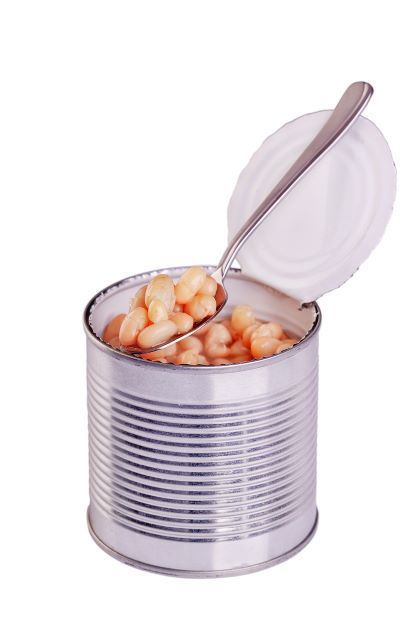How healthy are canned beans?
Let's reintroduce beans to our diets because they are not only cheap but also good for us. Even if they are packaged in a can or a vacuum.

Beans are a type of legume that grows every year. They are many and different. There are different colors of pole beans, white beans, and broad beans for sale. Depending on the type, they can be round, round-flat, or flat, and they can be yellow, green, grey, brown, reddish, or black.
There are also a lot of different things you can make with these beans, like stews with other vegetables or cereals, soups, sandwiches, and salads. Some master chefs also make cakes and biscuits with blended beans instead of butter or margarine. Beans were once so important that ancient Egyptians put bean seeds in the tombs of pharaohs. The first thing we could do today is put beans back on our plates.




